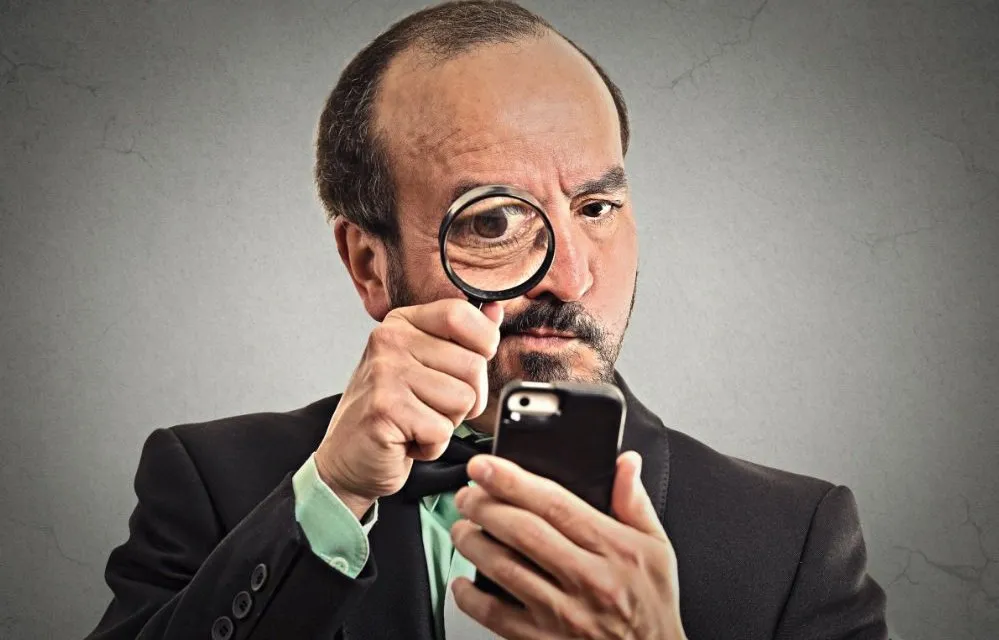Initial Currency Offers (ICOs) continue to boom, and although several countries around the world such as South Korea, China and even the United States tighten the regulatory fence around this flourishing method of raising capital, they are still growth, serving as an ideal scheme to raise funds among ecosystem projects.
Currently there is a robust traditional financing structure. However, many entrepreneurs of the ecosystem prefer to bet on this new method of collection that are the ICOs, by allowing the capture of capital through the issuance of an instrument - the token -, which is acquired by investors to use the platform financed once it is operational, the ICO can translate into a collection of extremely significant amounts of funds, highlighting the case of the $ 232 million Tezos or the nearly $ 260 million Filecoin.
On the other hand, Brave demonstrated that an innovative concept for the market is able to attract much attention, since in 30 seconds it had already managed to raise the proposed goal, and depending on the nature of the project, the objectives and success can mean significant gains for investors, as the asset could be revalued and exchanged as the case may be.
The financing is received without intermediation of investment banks, taking advantage of the P2P structure of the cryptoactives, so that the capital invested is received without the administrative participation of third parties. Those responsible for each ICO allocate a certain number of Crypt-Coins to receive the funds exchanged by the currencies of its platform and use smart contracts, such as those offered by Zeppelin, to automate the process and guarantee the safety of investors. 